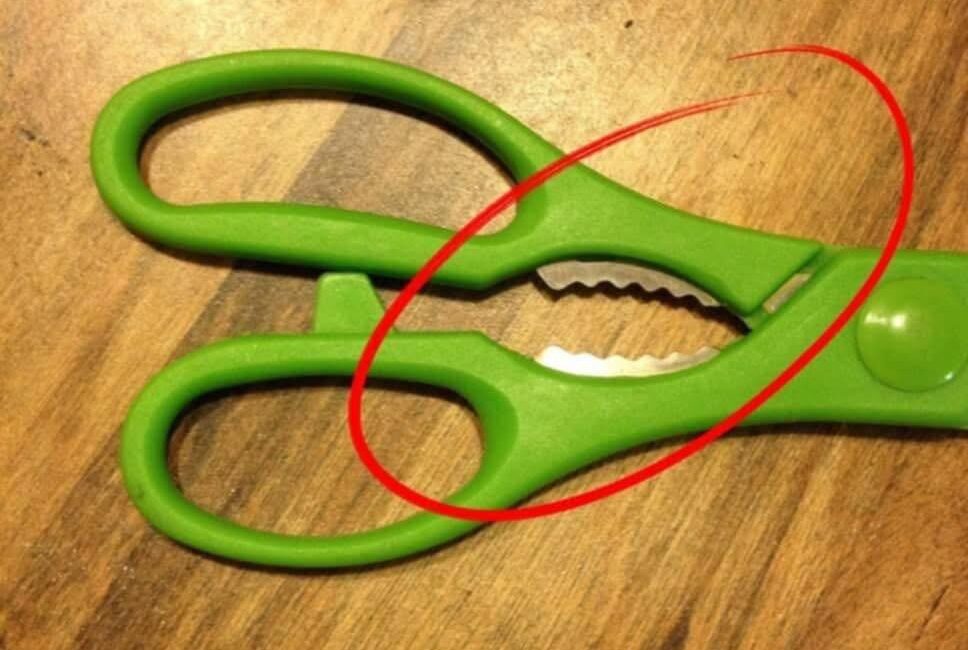How to Maintain and Care for Kitchen Scissors With Metal Teeth
Maintaining your scissors ensures safety, longevity, and optimal performance.
- Keep Them Sharp: Regularly sharpen the blades with a professional sharpener, but avoid grinding the teeth serrations.
- Clean After Every Use: Wash thoroughly to remove food residues that may get stuck in the serrations.
- Dry Immediately: To prevent rust, dry the scissors carefully, paying attention to the teeth area.
- Lubricate the Pivot: Use food-safe oil to keep the scissors opening smoothly.
- Store Safely: Use blade guards or store in a drawer away from children.
Choosing the Right Kitchen Scissors With Metal Teeth for Your Needs
When buying kitchen scissors featuring metal teeth or multi-functional serrations, consider these factors:
1. Quality of Material
Look for high-grade stainless steel for corrosion resistance and sharpness retention.
2. Handle Comfort
Ergonomic, non-slip handles reduce hand fatigue and improve safety.
3. Size and Weight
Choose scissors balanced for your hand size and the tasks you perform most often.
4. Additional Features
Some models include integrated bottle openers, herb strippers, or blade sharpeners. Match these features to your kitchen habits.
Alternative Tools for Tasks Performed by Metal Teeth
While the metal teeth add versatility, some cooks prefer dedicated tools for certain jobs:
- Nutcrackers: Mechanical or handheld devices designed specifically for cracking nuts.
- Jar Openers: Silicone grips or rubber tools for opening jars and bottles.
- Serrated Knives: For cutting tougher materials.
Dedicated tools can sometimes provide safer or more efficient operation but at the cost of kitchen clutter.
Frequently Asked Questions About Metal Teeth in Kitchen Scissors
Q1: Are those teeth sharp enough to be dangerous?
Yes, they are sharp to provide grip, so caution is needed.
Q2: Can I remove or file down the teeth if they hurt me?
Technically possible but not recommended, as it damages the scissors and removes a useful function.
Q3: How do I clean food stuck between the teeth?
Use a small brush (like a toothbrush) to clean serrations thoroughly.
Q4: Are all kitchen scissors made with these teeth?
No, only multi-purpose or heavy-duty kitchen scissors have this feature.
Conclusion: Embrace the Versatility With Safety in Mind
The metal teeth between the blades of your kitchen scissors are a smart design feature serving as a built-in nutcracker and grip mechanism. While they can be sharp and occasionally cause cuts if mishandled, understanding their purpose and learning to use them carefully enhances your kitchen toolkit’s functionality.
By adopting proper handling techniques, maintenance, and respect for this multi-functional tool, you’ll unlock new cooking possibilities—from cracking nuts and cutting herbs to opening bottles—all with one handy pair of scissors.




